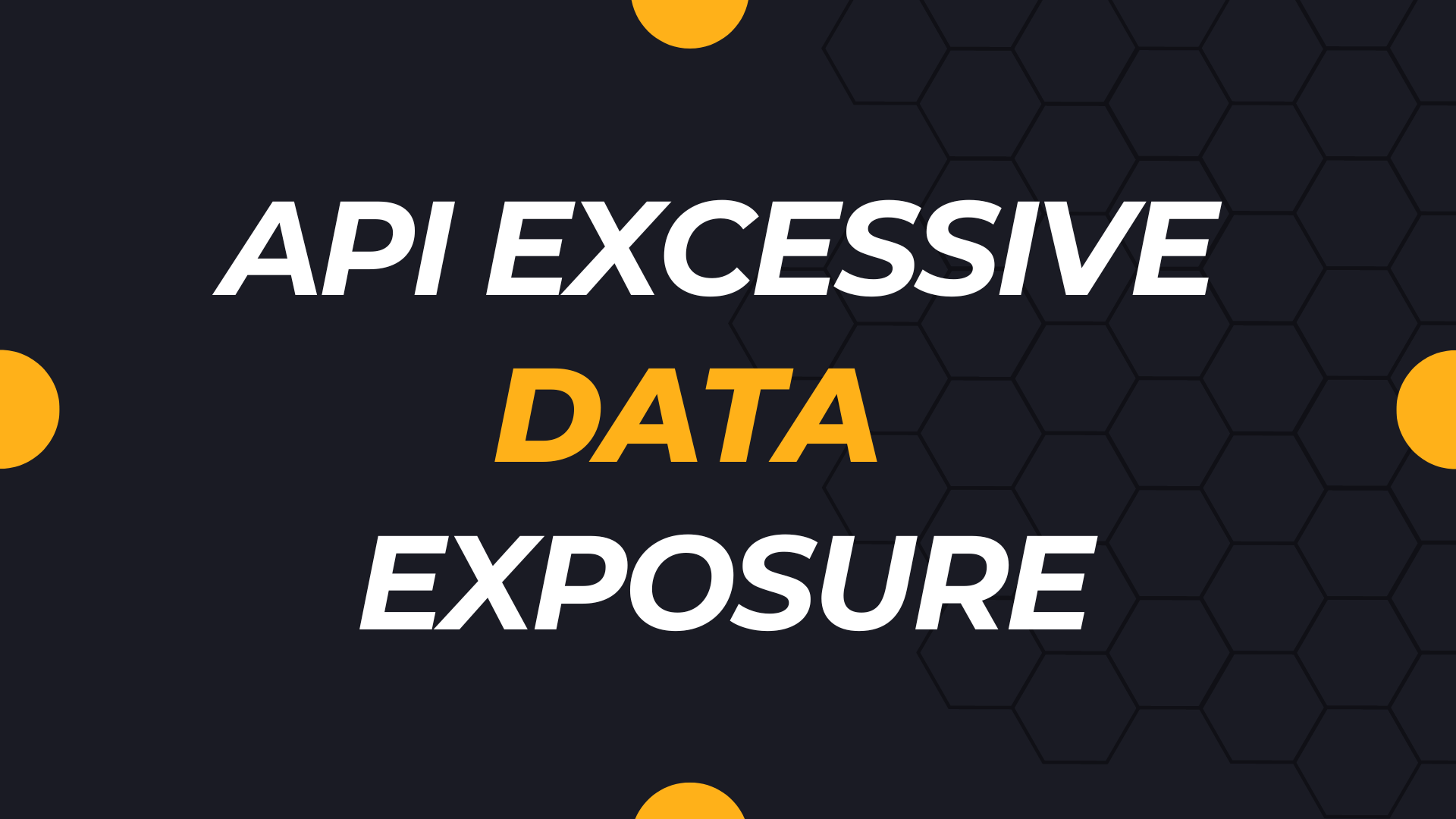Excessive Data Exposure – APIs Returning More Data Than Necessary
Introduction
In today’s interconnected digital world, APIs (Application Programming Interfaces) serve as the backbone of data exchange between systems. However, one of the most common yet overlooked security risks is Excessive Data Exposure, where APIs return more information than necessary. This vulnerability can lead to data breaches, privacy violations, and compliance failures, making it a critical concern for developers and security teams.
This comprehensive guide explores:
- What excessive data exposure is
- Real-world examples of API over-exposure
- Security risks and compliance implications
- Best practices to prevent excessive data leaks
- Tools and techniques to secure your APIs
By the end of this article, you’ll understand how to design and maintain APIs that return only the required data, minimizing security risks.
Table of Contents
- What Is Excessive Data Exposure?
- How Does Excessive Data Exposure Occur?
- Real-World Examples of Excessive Data Exposure
- Security Risks of Over-Exposing API Data
- Compliance and Legal Implications
- Best Practices to Prevent Excessive Data Exposure
- Tools and Techniques to Secure APIs
- Conclusion
1. What Is Excessive Data Exposure?
Excessive Data Exposure happens when an API returns more data fields than the client application needs. Instead of sending only the required information, the API provides full data objects, including sensitive or unnecessary fields.
Example:
A user profile API might return:
json
Copy
Download
{
"id": 123,
"name": "John Doe",
"email": "john@example.com",
"password_hash": "a1b2c3...",
"address": "123 Main St",
"phone": "+1234567890",
"SSN": "123-45-6789"
}
When the client only needs id, name, and email, exposing password hashes, SSN, and phone numbers is unnecessary and dangerous.
2. How Does Excessive Data Exposure Occur?
Common Causes:
- Lazy Development Practices – Returning full database records instead of filtering fields.
- Lack of Data Filtering – Not implementing proper response filtering.
- Over-Permissive API Design – Using generic endpoints that return all data.
- Insufficient Security Testing – Failing to audit API responses for sensitive data leaks.
3. Real-World Examples of Excessive Data Exposure
Case Study 1: Facebook API Over-Exposure (2018)
- Issue: Facebook’s Graph API returned excessive user data, including private posts and friend lists.
- Impact: Led to the Cambridge Analytica scandal, affecting 87 million users.
Case Study 2: USPS API Leak (2018)
- Issue: The US Postal Service API exposed 60 million users’ data, including email, phone numbers, and street addresses.
- Impact: Major privacy violations and regulatory fines.
4. Security Risks of Over-Exposing API Data
A. Data Breaches
- Attackers exploit APIs to harvest sensitive data.
- Credential stuffing, identity theft, and fraud become easier.
B. Privacy Violations
- Unauthorized access to personal data violates GDPR, CCPA, and HIPAA.
- Legal consequences and loss of customer trust.
C. Increased Attack Surface
- More data fields = more potential vulnerabilities (e.g., injection attacks).
5. Compliance and Legal Implications
Regulations Affected:
- GDPR (General Data Protection Regulation) – Fines up to €20 million or 4% of global revenue.
- CCPA (California Consumer Privacy Act) – Penalties up to $7,500 per violation.
- HIPAA (Health Insurance Portability and Accountability Act) – Fines up to $50,000 per violation.
6. Best Practices to Prevent Excessive Data Exposure
A. Implement Data Filtering
- Use GraphQL or OData to allow clients to request only needed fields.
- Apply response transformers to strip unnecessary data.
B. Apply the Principle of Least Privilege
- Restrict API responses based on user roles (e.g., admin vs. regular user).
C. Use DTOs (Data Transfer Objects)
- Instead of returning raw database models, create custom DTOs with only required fields.
D. Conduct Security Audits
- Regularly test APIs with tools like Burp Suite, OWASP ZAP, and Postman.
7. Tools and Techniques to Secure APIs
| Tool | Purpose |
|---|---|
| OWASP API Security Top 10 | Checklist for API security risks |
| Postman | API testing & response validation |
| Burp Suite | Penetration testing for APIs |
| GraphQL | Allows clients to request only needed data |
8. Conclusion
Excessive Data Exposure in APIs is a critical security risk that can lead to data breaches, compliance fines, and reputational damage. By implementing data filtering, least privilege access, and security audits, organizations can minimize risks and protect user data.
Key Takeaways:
✔ Never return full database records – Filter responses.
✔ Follow compliance regulations (GDPR, CCPA, HIPAA).
✔ Use secure API design patterns (GraphQL, DTOs).
✔ Regularly test APIs for data leaks.

